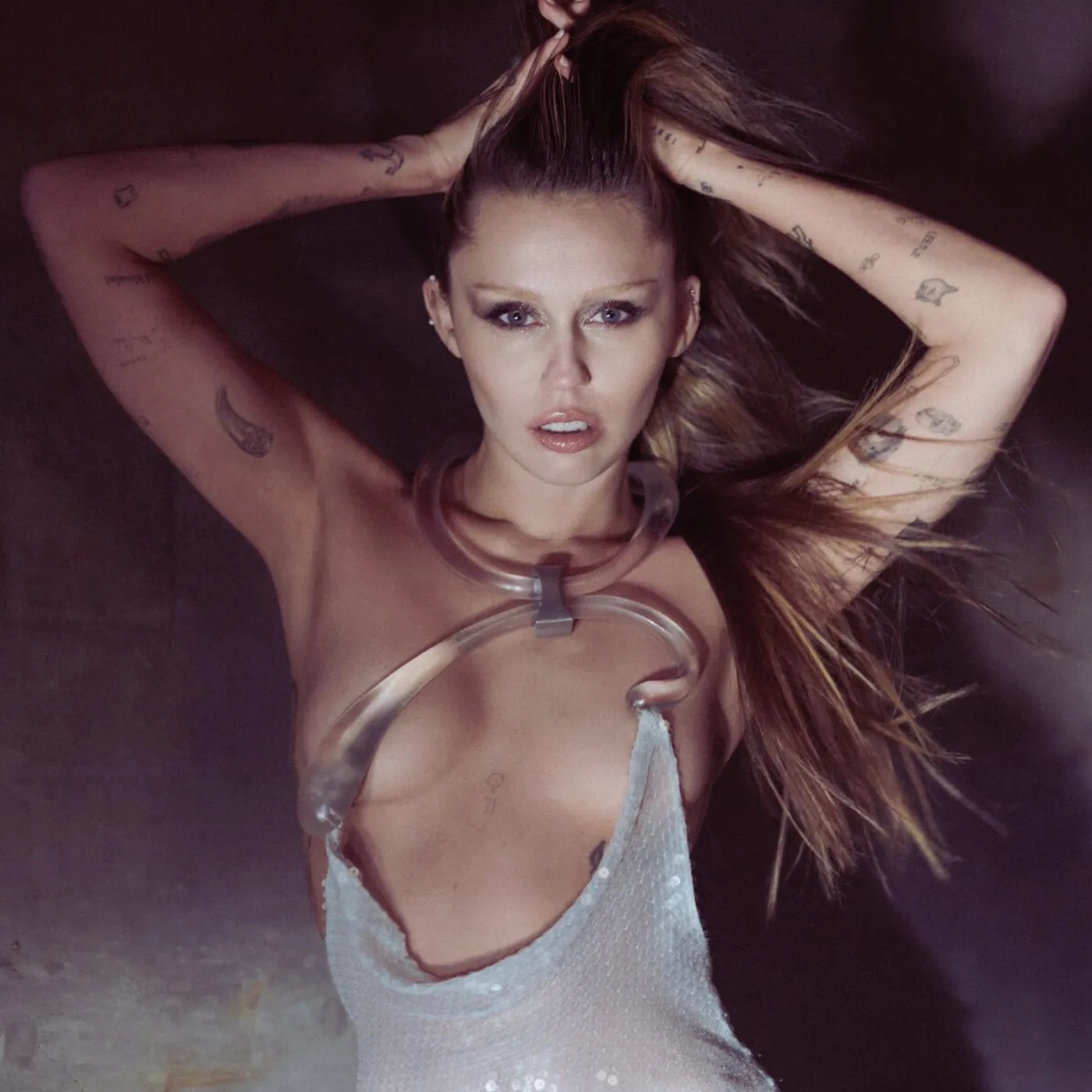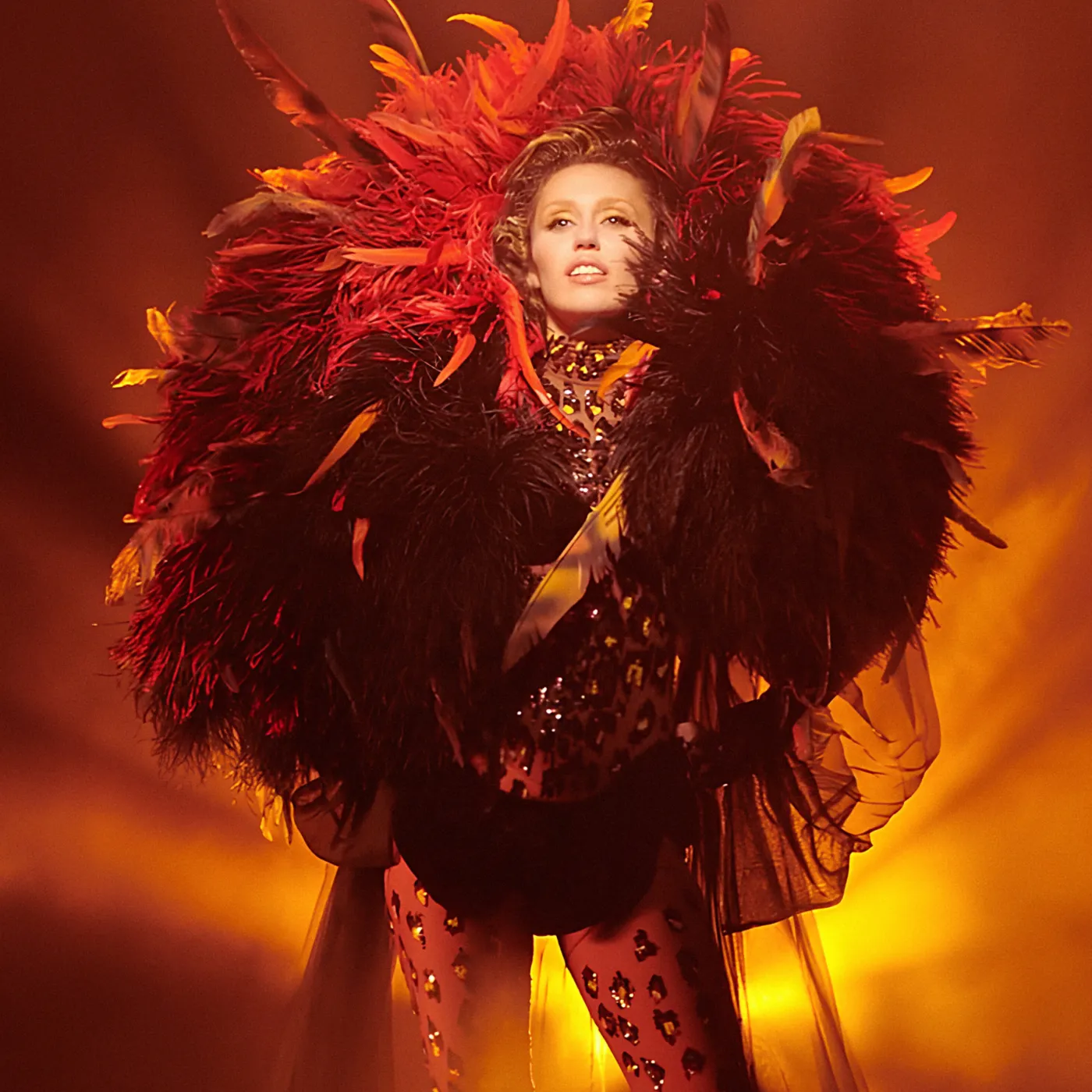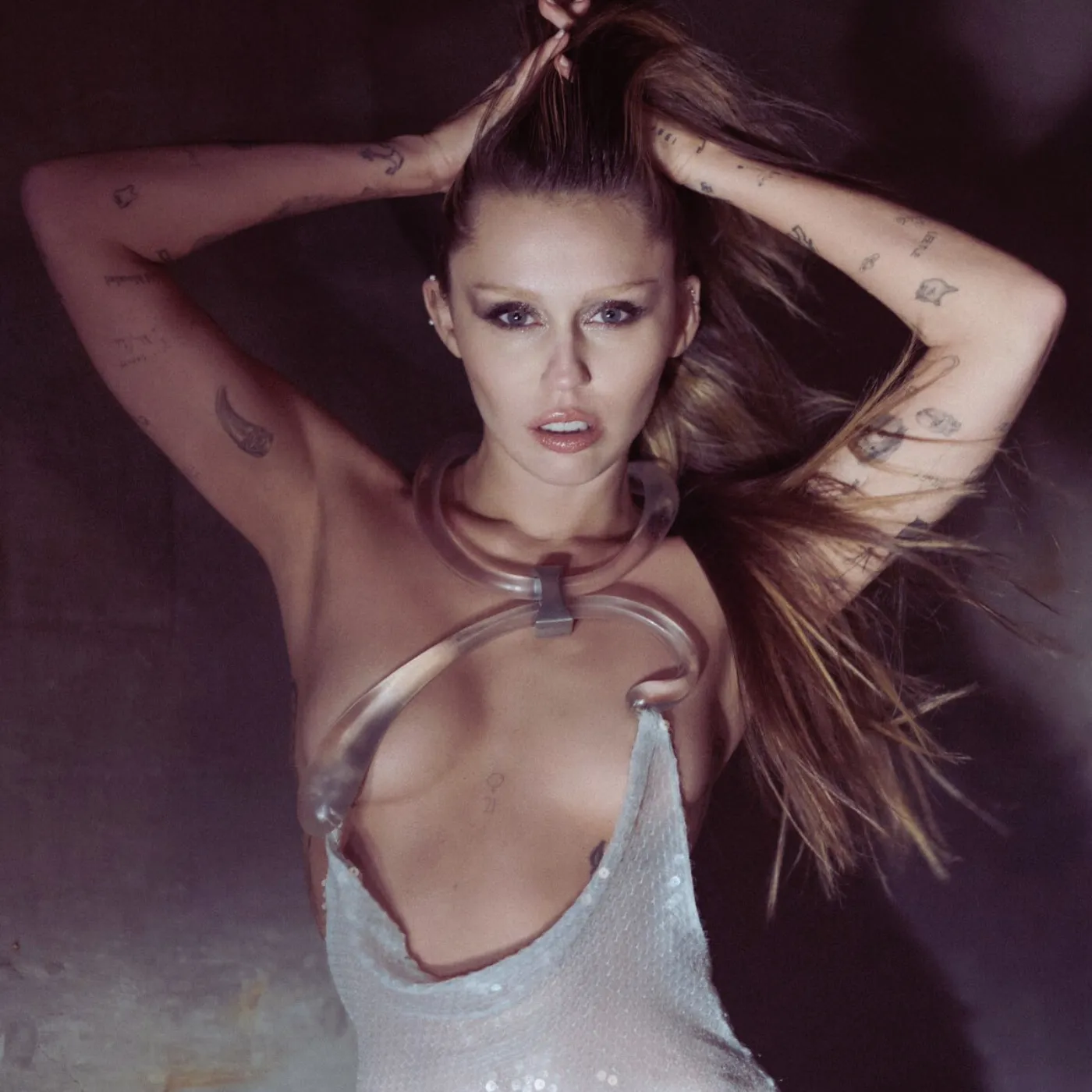

Miley Cyrus Says This Therapy Saved Her Life—And Most People Still Don’t Know It Exists
When Miley Cyrus speaks, the internet listens. But when she says something saved her life—people stop scrolling.

That’s exactly what happened when the singer opened up about her experience with EMDR therapy, a technique she credits with helping her navigate some of the most intense and confusing moments of her career. For fans used to hearing about albums, tours, and red carpets, the sudden mention of an unfamiliar mental health practice hit differently.
EMDR, short for Eye Movement Desensitization and Reprocessing, isn’t new. But it’s certainly not mainstream—until now. Thanks to Miley’s raw admission, millions of people are suddenly Googling it, asking therapists about it, and wondering: How bad did it get for Miley Cyrus to need this? And more urgently: Why haven’t we heard about it sooner?
From Global Pop Star to Public Healing
To understand why this story matters, you have to rewind a little.
Miley Cyrus has never shied away from reinvention. From the Disney Channel spotlight to her controversial Bangerz era, from stripped-down acoustic sessions to boundary-pushing visuals—her evolution has never followed anyone’s rules. But it’s what was happening behind the scenes that most fans didn’t see.
She’s opened up about panic attacks, about feeling trapped by fame, about losing herself in the image others had for her. She’s admitted to feeling burnt out, hollow, and overstimulated in ways that music couldn’t fix.
That’s when EMDR entered the picture.
In an interview that quickly spread across social platforms, Miley said: “There were moments I truly didn’t know if I was going to make it. EMDR helped me see my life from a different angle. It didn’t erase the past—it gave it shape.”
Those words—“didn’t know if I was going to make it”—weren’t brushed off. They stuck. And the internet responded with a mix of shock, sympathy, and curiosity.
So, What Is EMDR Therapy Really?
EMDR stands for Eye Movement Desensitization and Reprocessing. It’s a psychotherapy technique developed in the 1980s, originally intended to help people dealing with trauma. Unlike traditional talk therapy, EMDR focuses on reprocessing painful memories using bilateral stimulation—often in the form of rhythmic eye movements.
Sounds strange? You’re not alone.
But research shows it can work—sometimes faster and more effectively than conventional approaches. It’s been used to treat people with PTSD, anxiety, grief, and even performance anxiety. The process itself involves revisiting disturbing memories while simultaneously engaging in left-right brain stimulation. The result? The brain processes the memory differently, removing the emotional charge.
Or, in Miley’s case, helps a person stop reliving the same inner chaos on loop.

Why Miley’s Story Is Hitting So Hard
It’s one thing to hear a therapist explain a treatment. It’s another thing entirely when a global pop icon admits she needed it just to keep breathing.
Fans have flooded social media with reactions ranging from supportive to stunned:
“I’ve never even heard of EMDR, but if Miley says it helped her, I’m gonna look it up.”
“We focus so much on her performances, we forget she’s been performing survival too.”
“This just changed how I see her music. It’s all deeper than we realized.”
What’s emerging now is a new kind of conversation—one not about fame, beauty, or branding, but about emotional survival. And Miley Cyrus, without a press team spin or studio polish, just put herself at the center of it.
The Moment That Changed Everything
According to insiders, Miley began EMDR sessions during a period of high emotional turbulence—between album releases and while quietly stepping back from public appearances. One source described her as “overstimulated and under-supported.”
“She was smiling in front of cameras, but you could feel something was off,” the insider said. “She wasn’t showing it, but she wasn’t okay.”
The therapy reportedly helped her confront the unprocessed trauma of early fame, the grief from losing her home in a California wildfire, and the emotional weight of constantly shape-shifting for public approval.
And now, rather than bury that part of her story, she’s naming it.
A Public That’s Finally Listening
EMDR therapy has existed for decades. What it hasn’t had until now is a mainstream voice pushing it into public dialogue.
Mental health professionals are already reporting increased interest and inquiries from younger clients—many of whom name Miley as the reason they heard about EMDR in the first place. Some call it “The Miley Effect.”
Even more interesting is how her openness is impacting non-fans. One therapist said: “When a celebrity talks about healing, people pay attention. But when that celebrity is someone people judged for years—it hits harder.”
And this time, it’s not about a trend or aesthetic. It’s about something people desperately want to understand for themselves.
What EMDR Did That Nothing Else Could
Not all therapy is created equal. For Miley, talk therapy had helped—but only to a point. The feelings she was working through were so deeply wired, they didn’t respond to casual conversation.
“EMDR didn’t just help me talk,” she said in a recent podcast appearance. “It helped me actually feel something that wasn’t pain.”
That statement left fans stunned.
Imagine living in the spotlight your entire adult life—and suddenly realizing you’ve been emotionally numb the whole time. That’s the type of invisible exhaustion EMDR helped her confront.
Through slow, structured sessions, Miley reprocessed memories she had buried—some painful, some confusing, some oddly comforting. She explained how certain sounds or flashes of light would trigger her body into panic, and how EMDR helped her disconnect those stimuli from fear.
It’s Not a Quick Fix—But It’s Real
Critics of EMDR therapy argue that it lacks the narrative control of talk therapy or the medication-backed effectiveness of pharmacology. But what it offers, especially for people like Miley, is emotional reconnection.
“This isn’t about being ‘cured,’” she said. “It’s about having the tools to not break down when I’m just trying to live.”
For an artist so often described as erratic, extra, or unpredictable, this admission lands heavy. Behind the headlines, there’s a woman actively trying to stay grounded, even as millions dissect her every move.
The Legacy of Openness
If there’s one thing Miley Cyrus is proving right now, it’s that vulnerability can be revolutionary. In an industry built on mystique, curated chaos, and strategic PR, being real is often the most unexpected act.
And fans are responding.
#EMDR is now trending across platforms, therapy forums are buzzing with new questions, and therapists are preparing for an influx of curious, hopeful, and sometimes desperate new clients.
But this wave isn’t just about therapy. It’s about how we talk about pain, about what we hide, and about how someone like Miley Cyrus, through all her eras and extremes, still has the power to surprise the world.

Final Thought: Healing in Public Isn’t Weakness. It’s a Warning.
If Miley Cyrus, with all her fame, resources, and reach, can admit she needed help just to survive—the rest of us should stop pretending we don’t.
What she’s done here is bigger than a confession. It’s a reset. A redirection of attention from polished surface to emotional depth. And if EMDR therapy helped her get there, maybe it’s time we all ask what could help us too.
This isn’t a trend. This is truth. And truth, no matter how raw, is something we’re long overdue for.


















